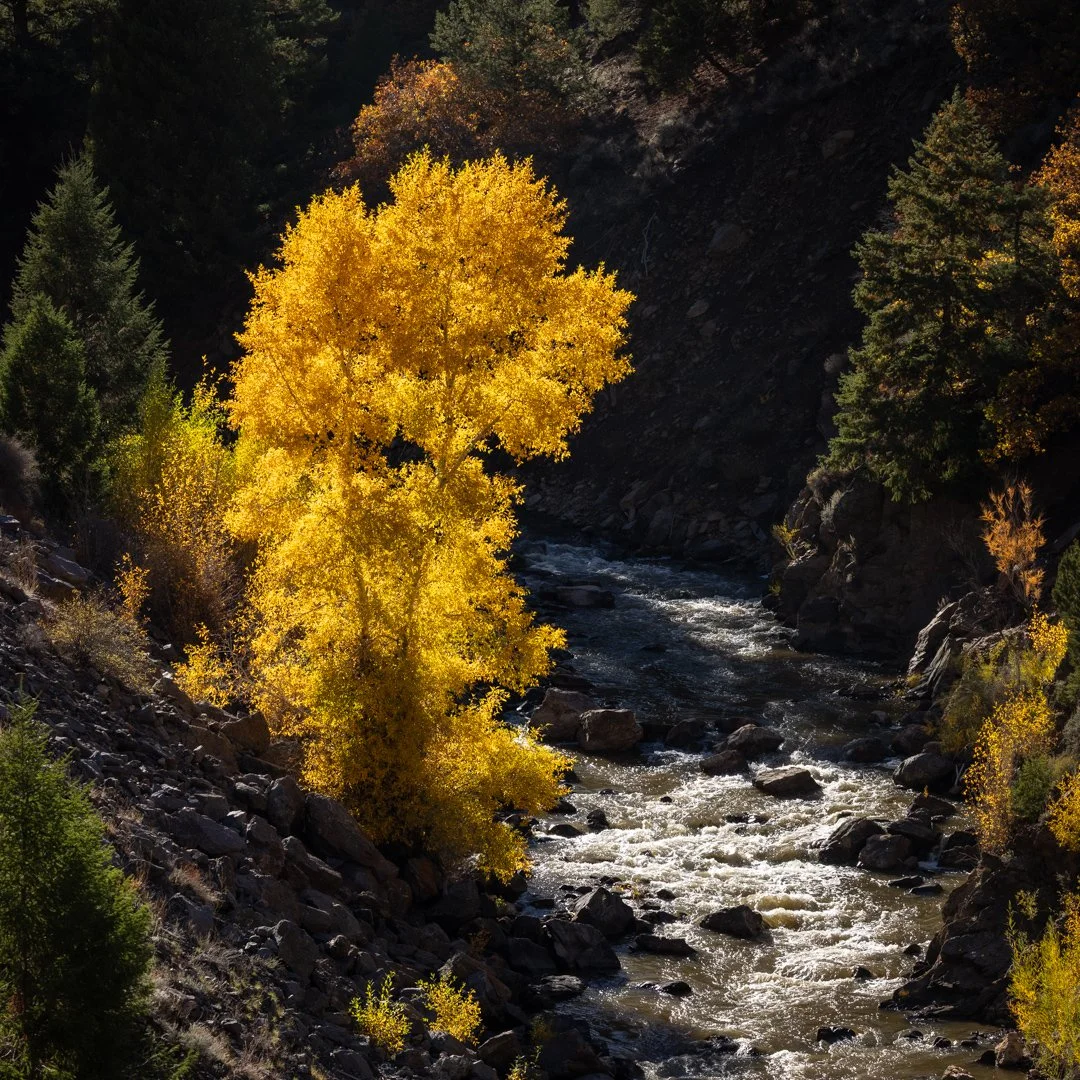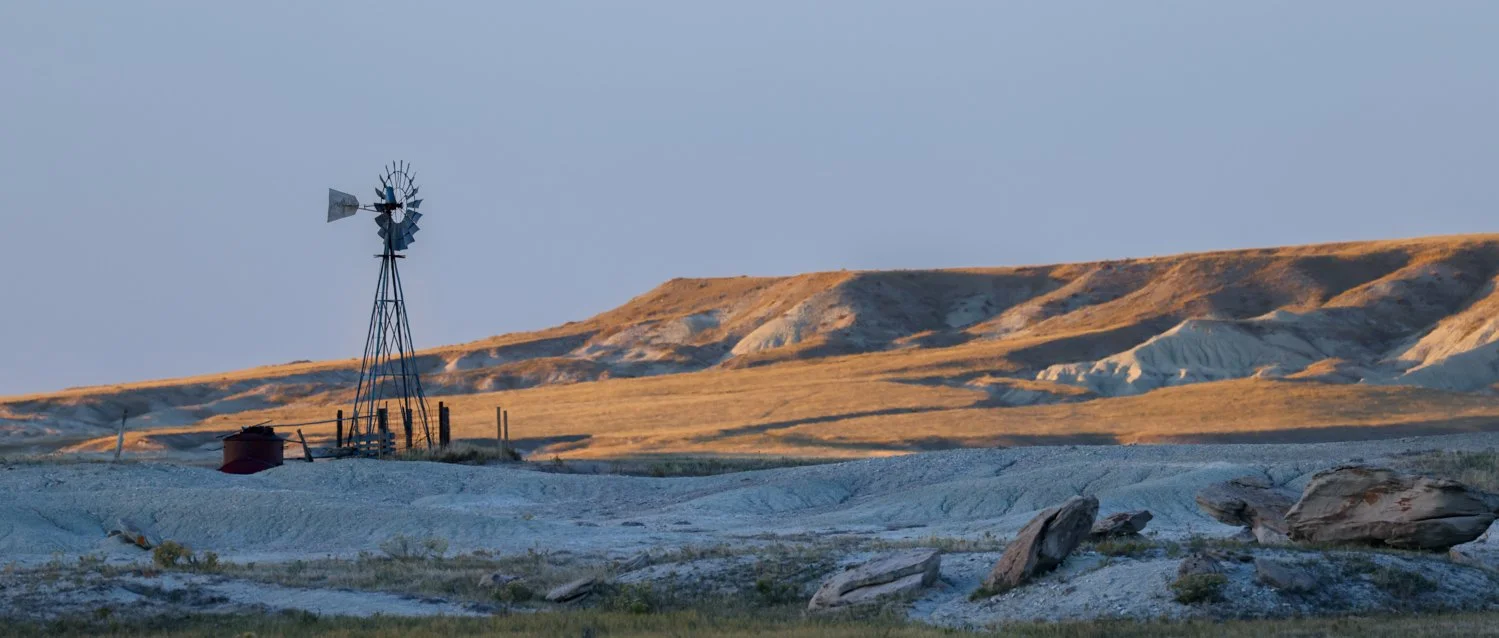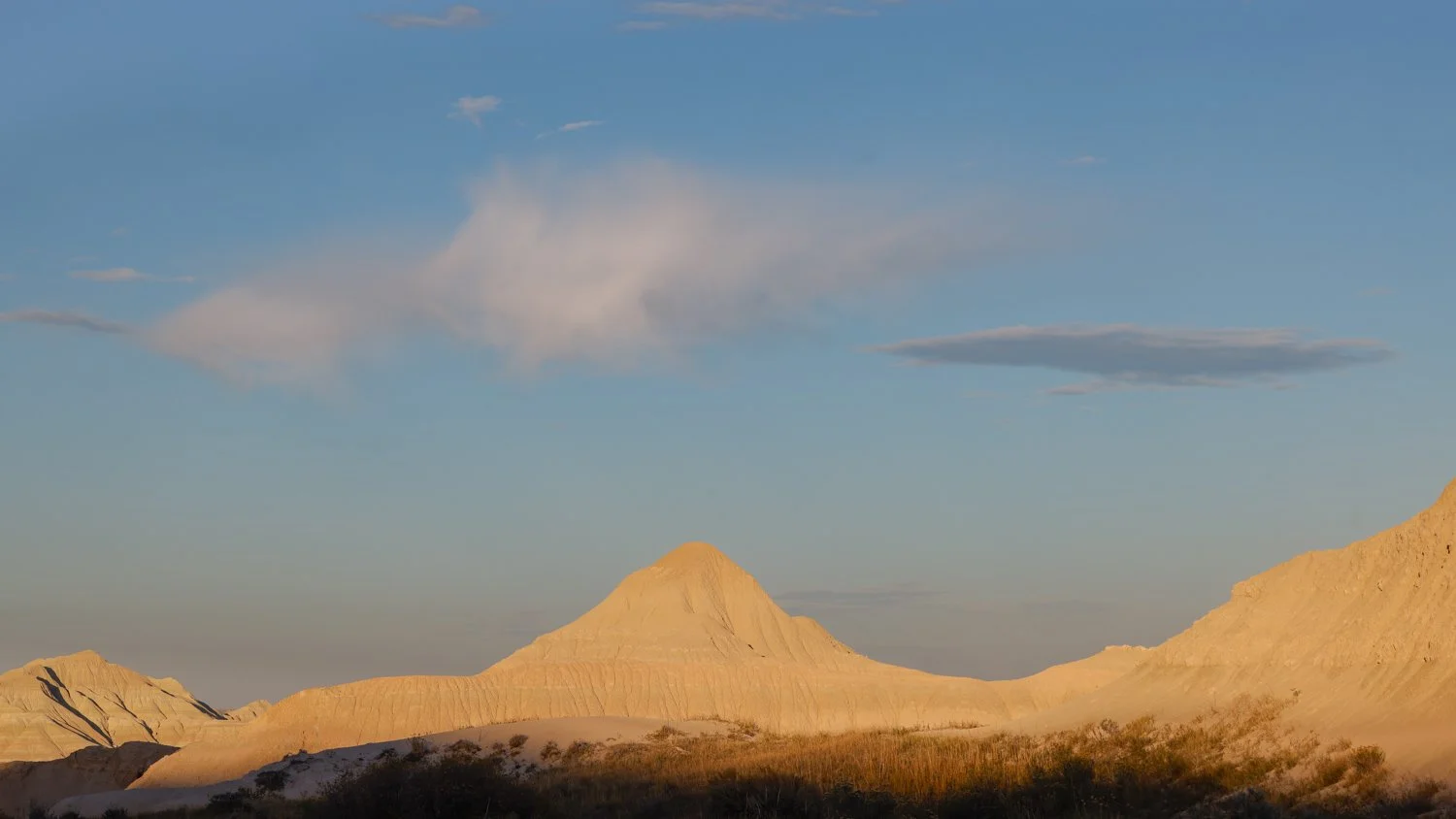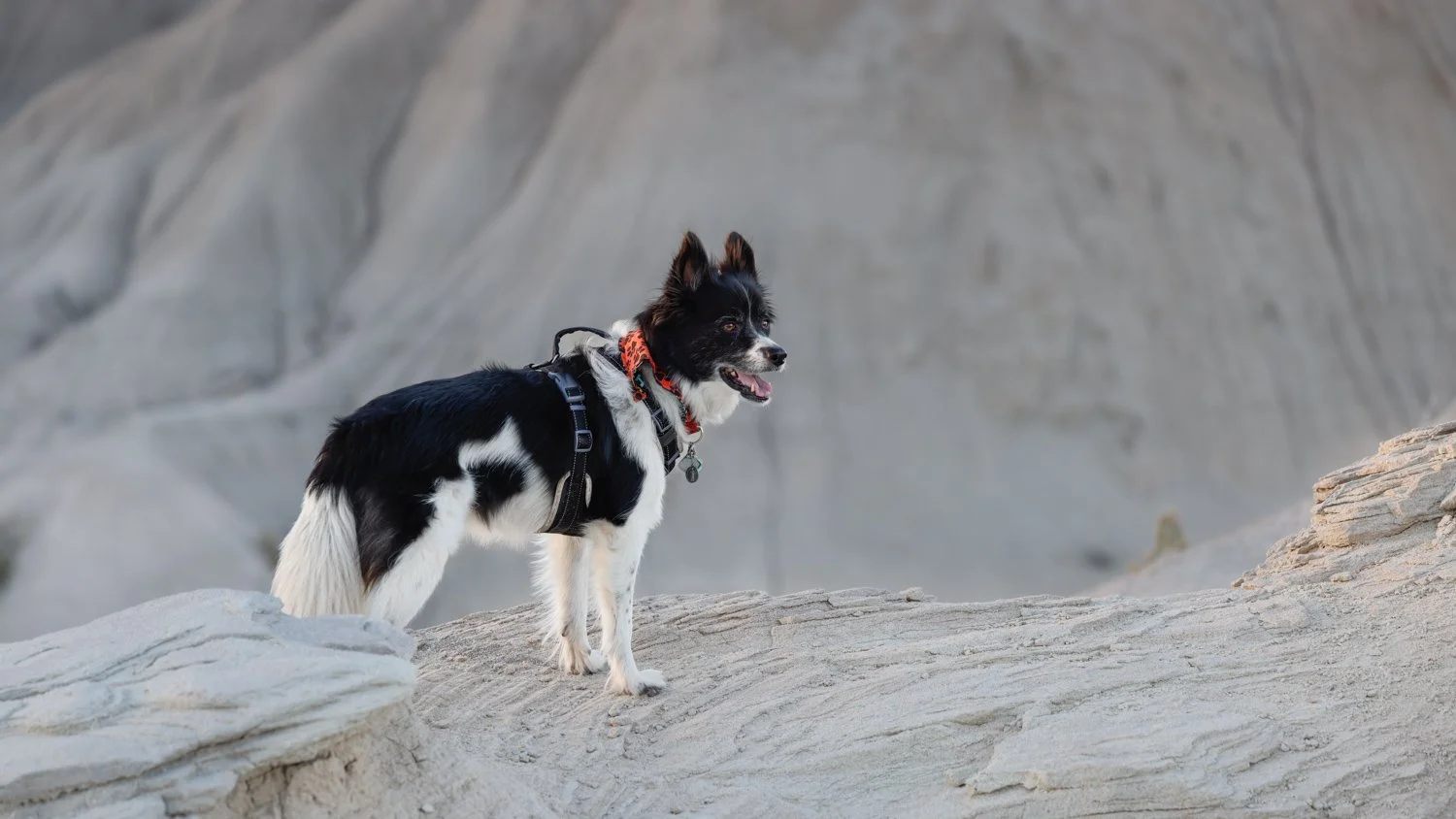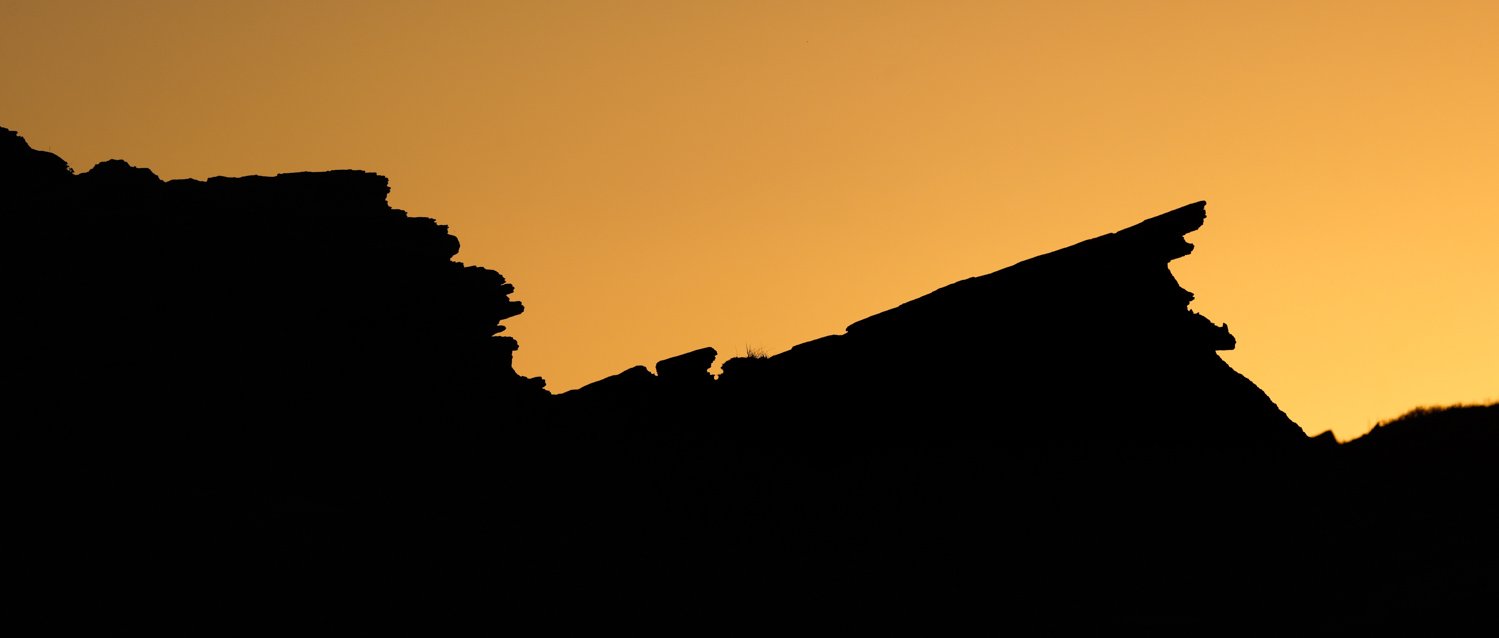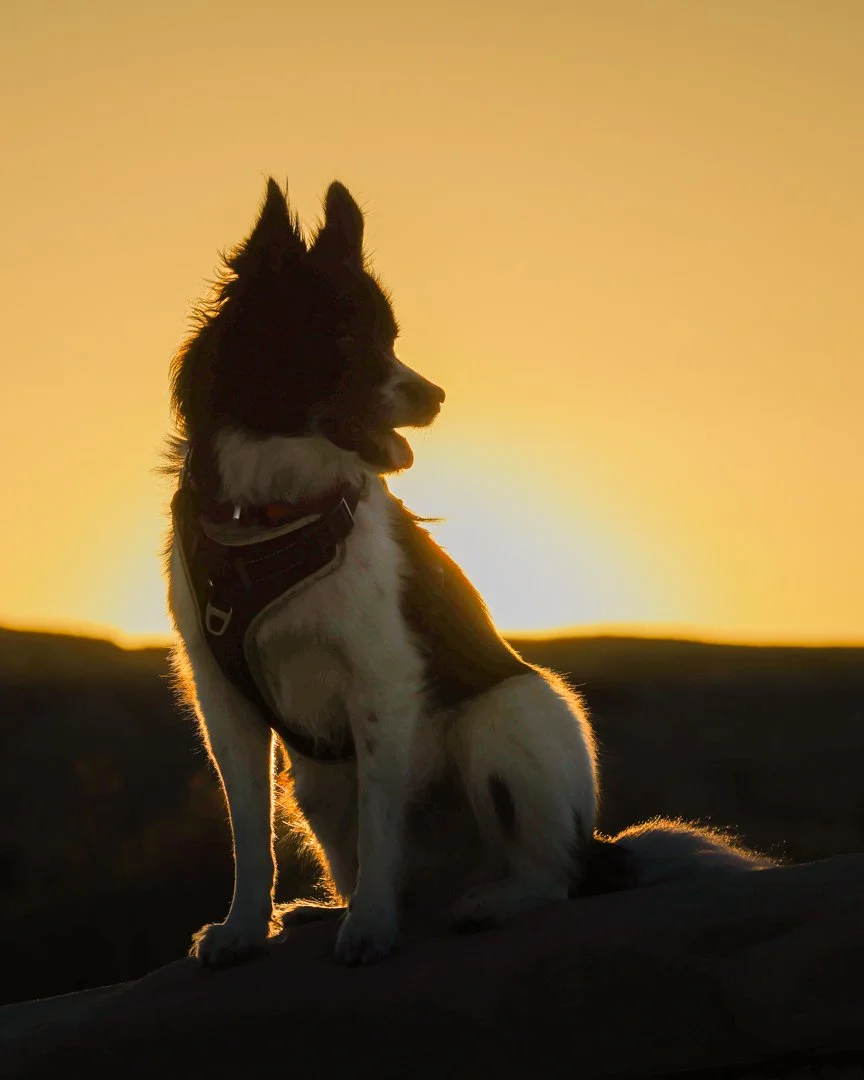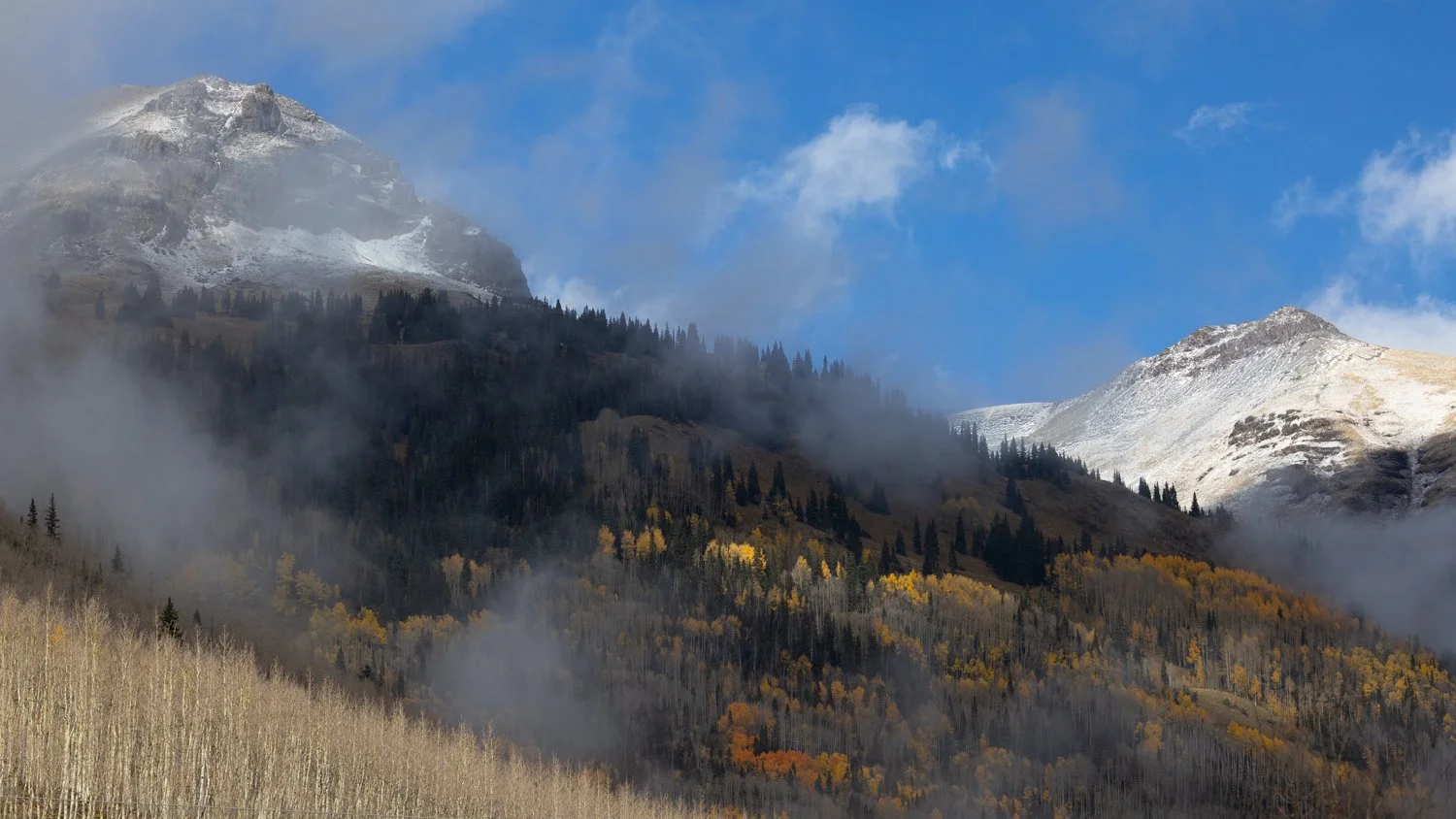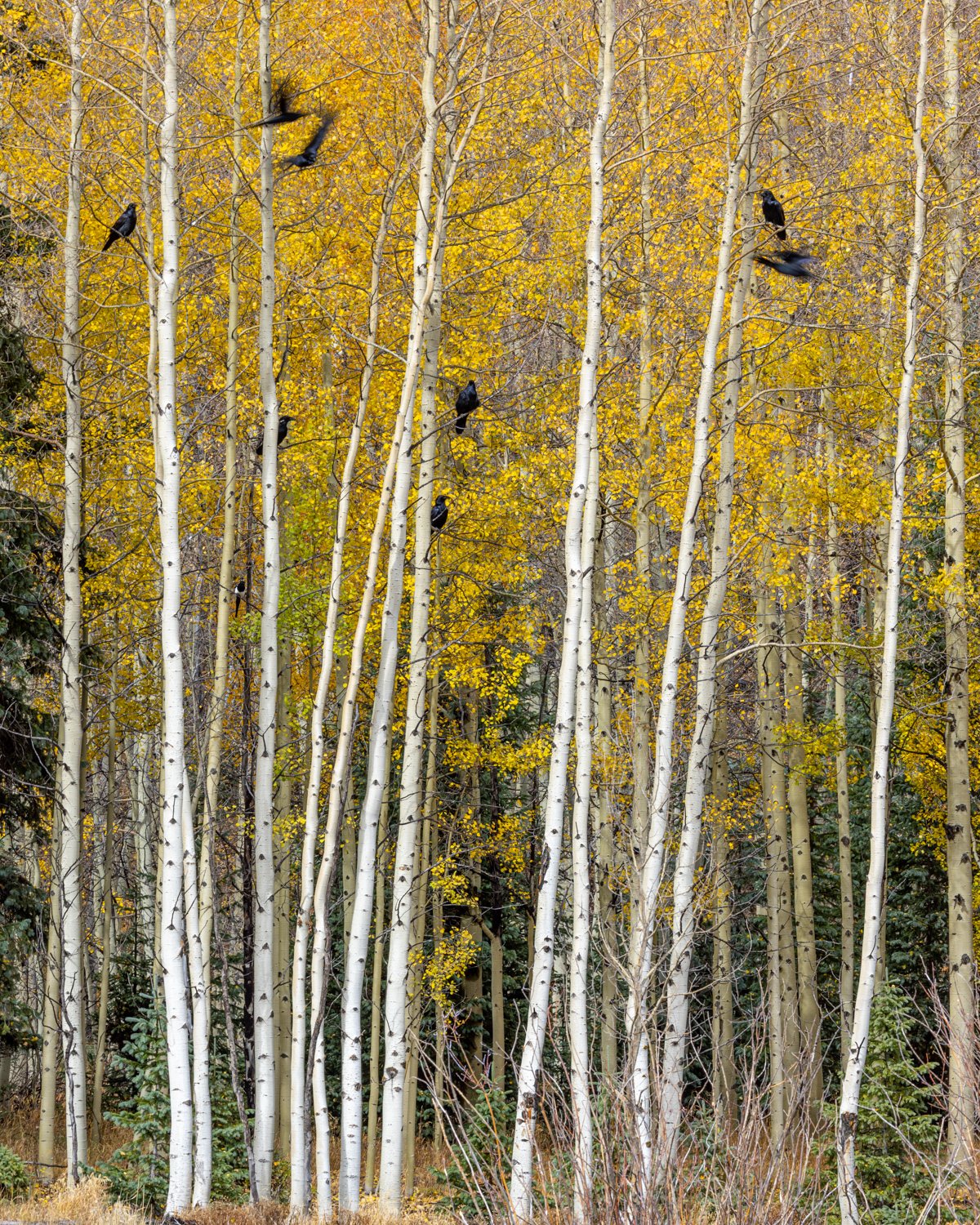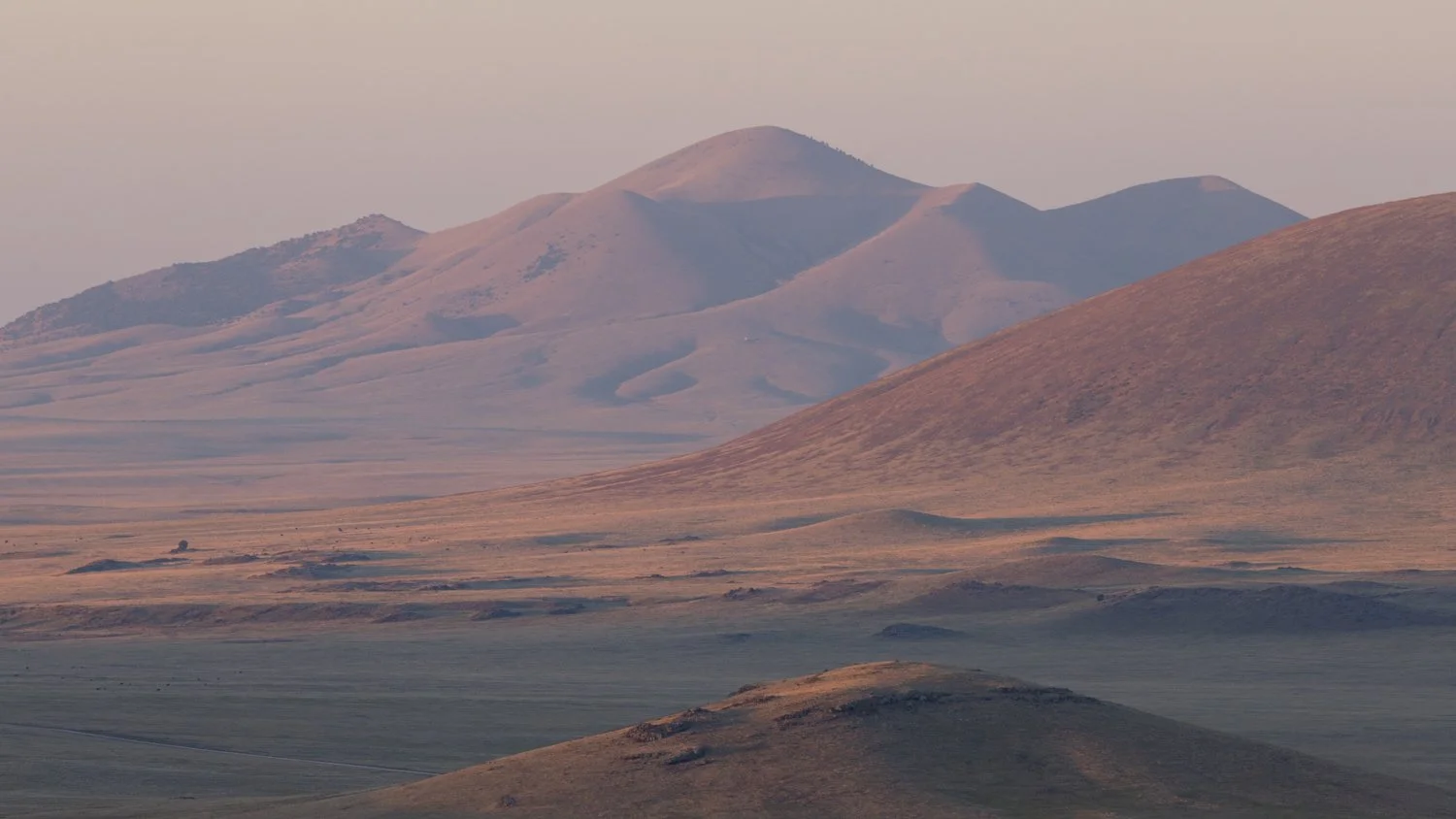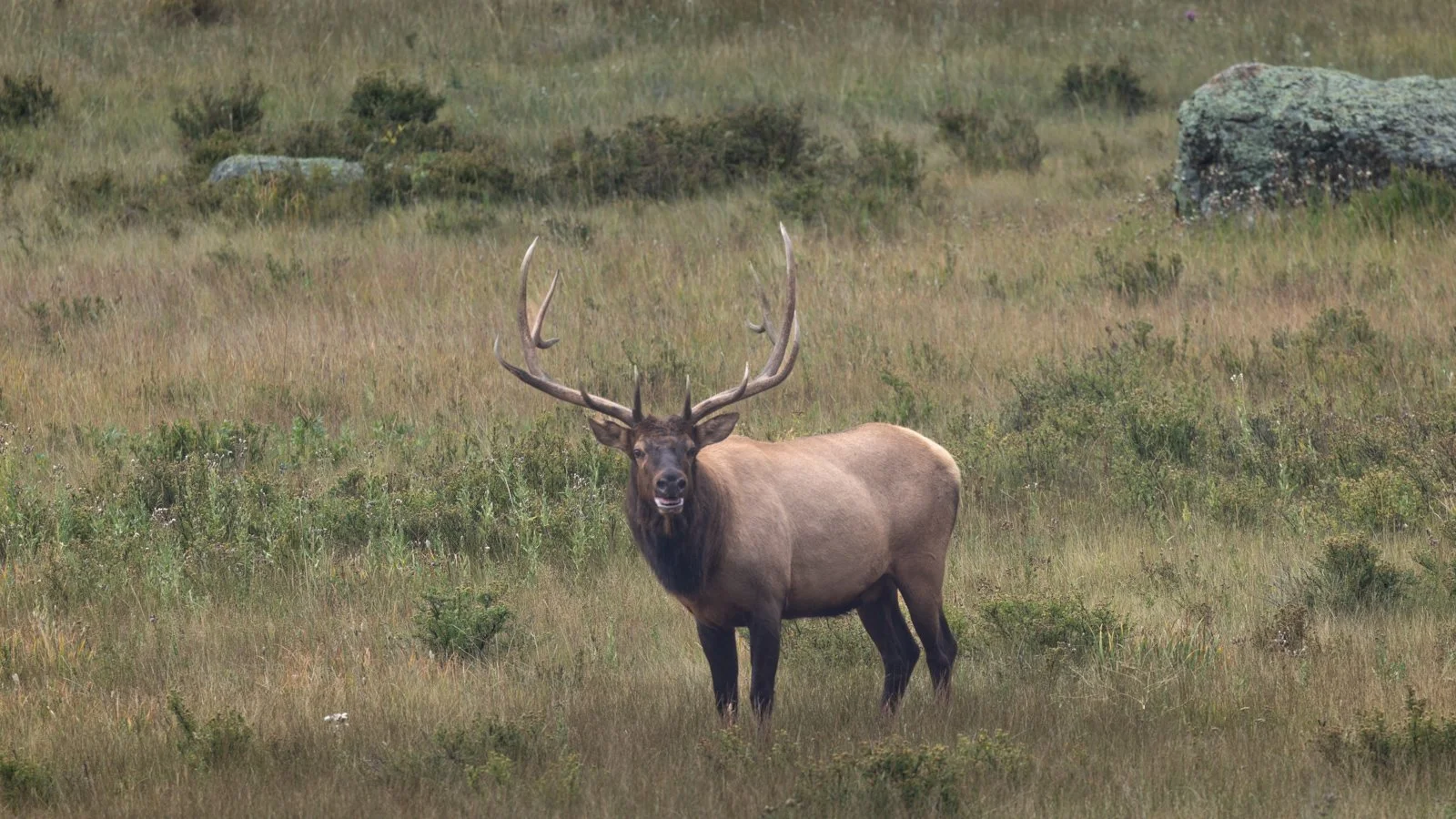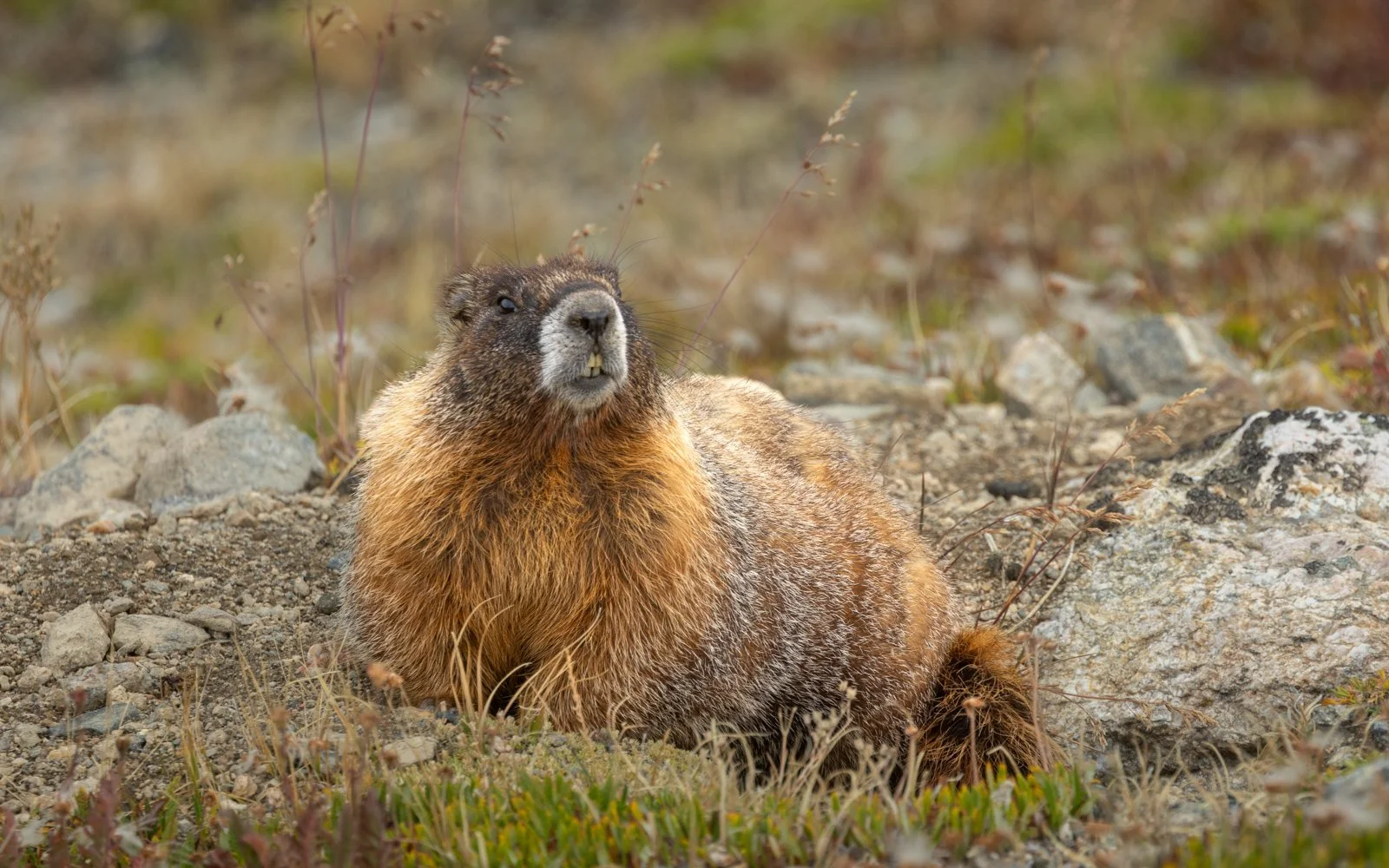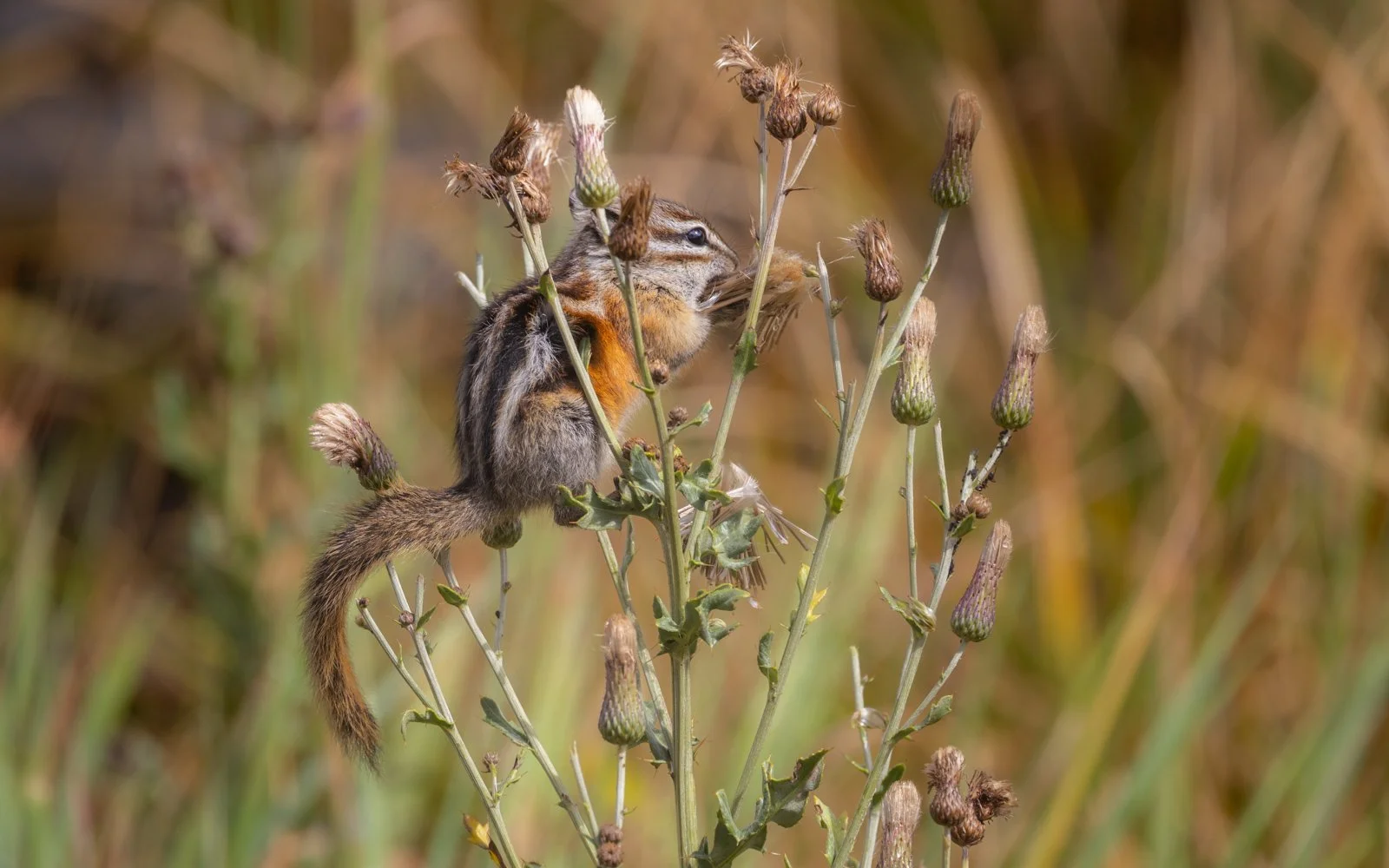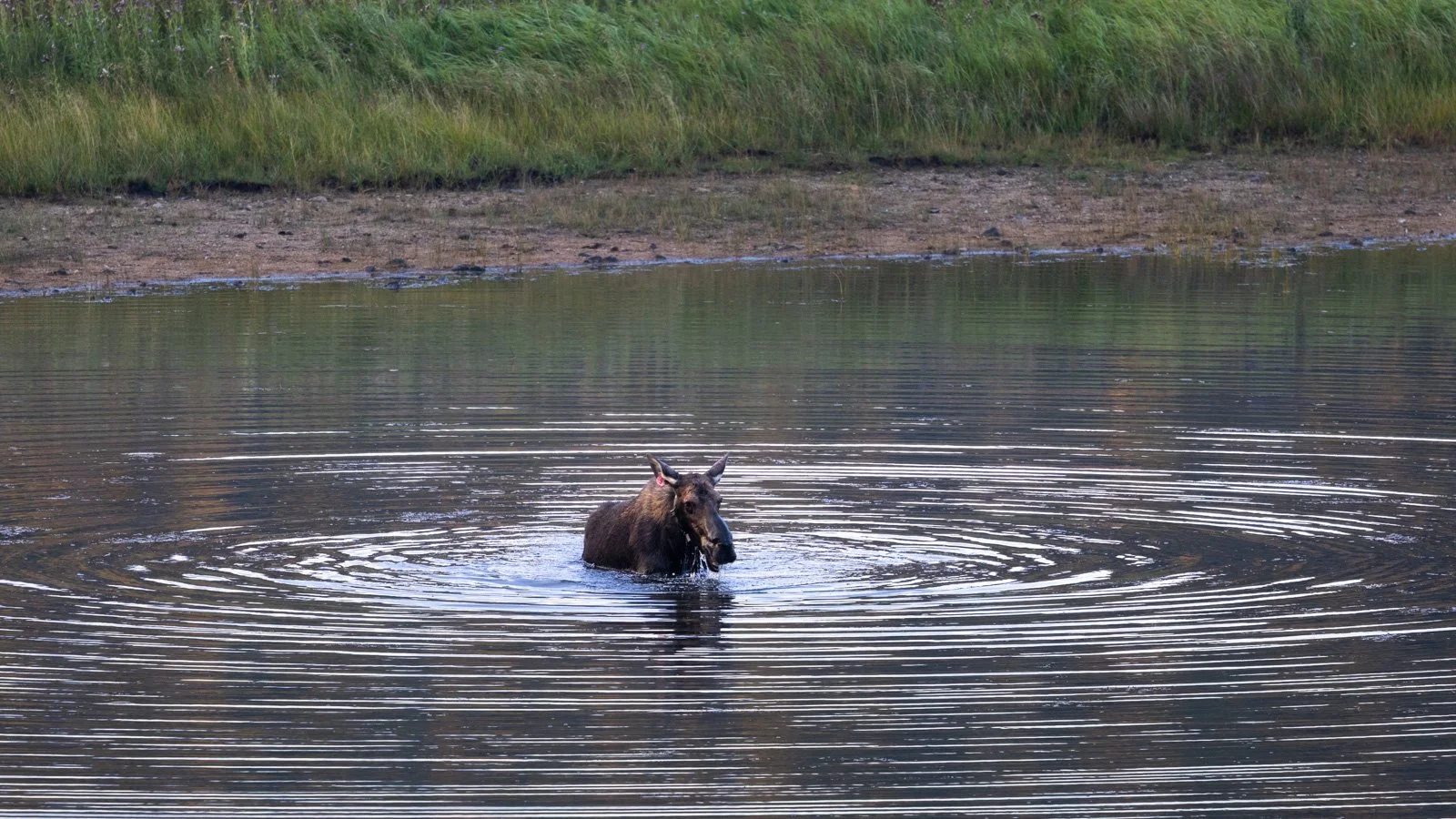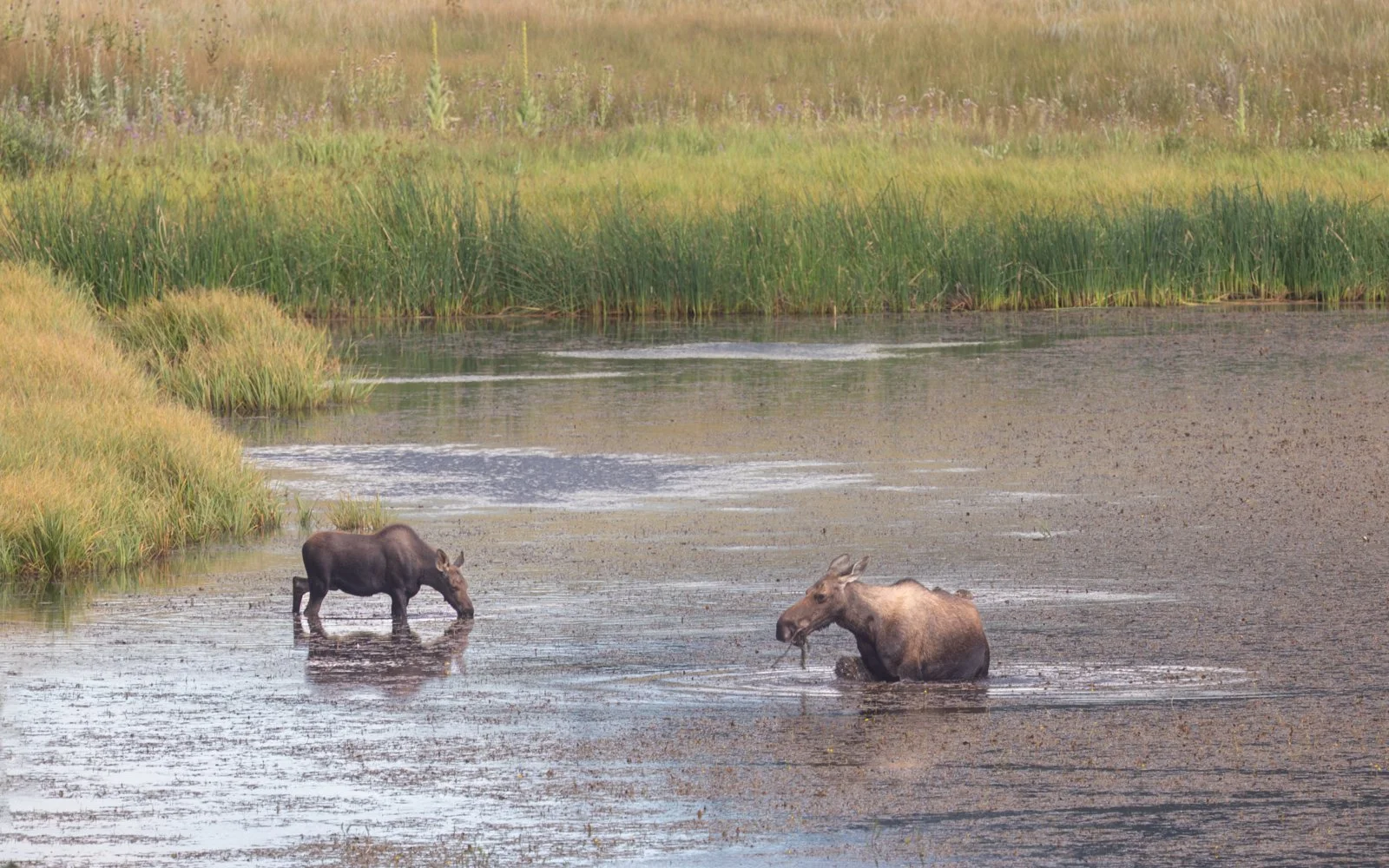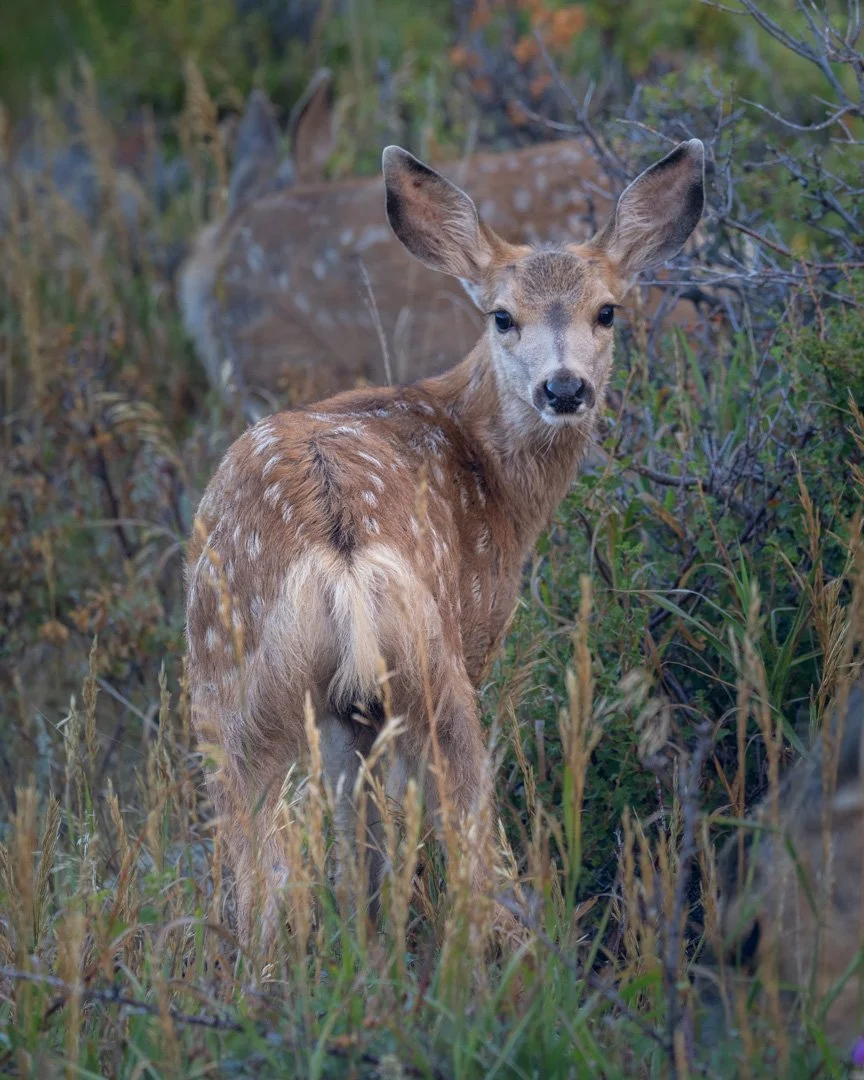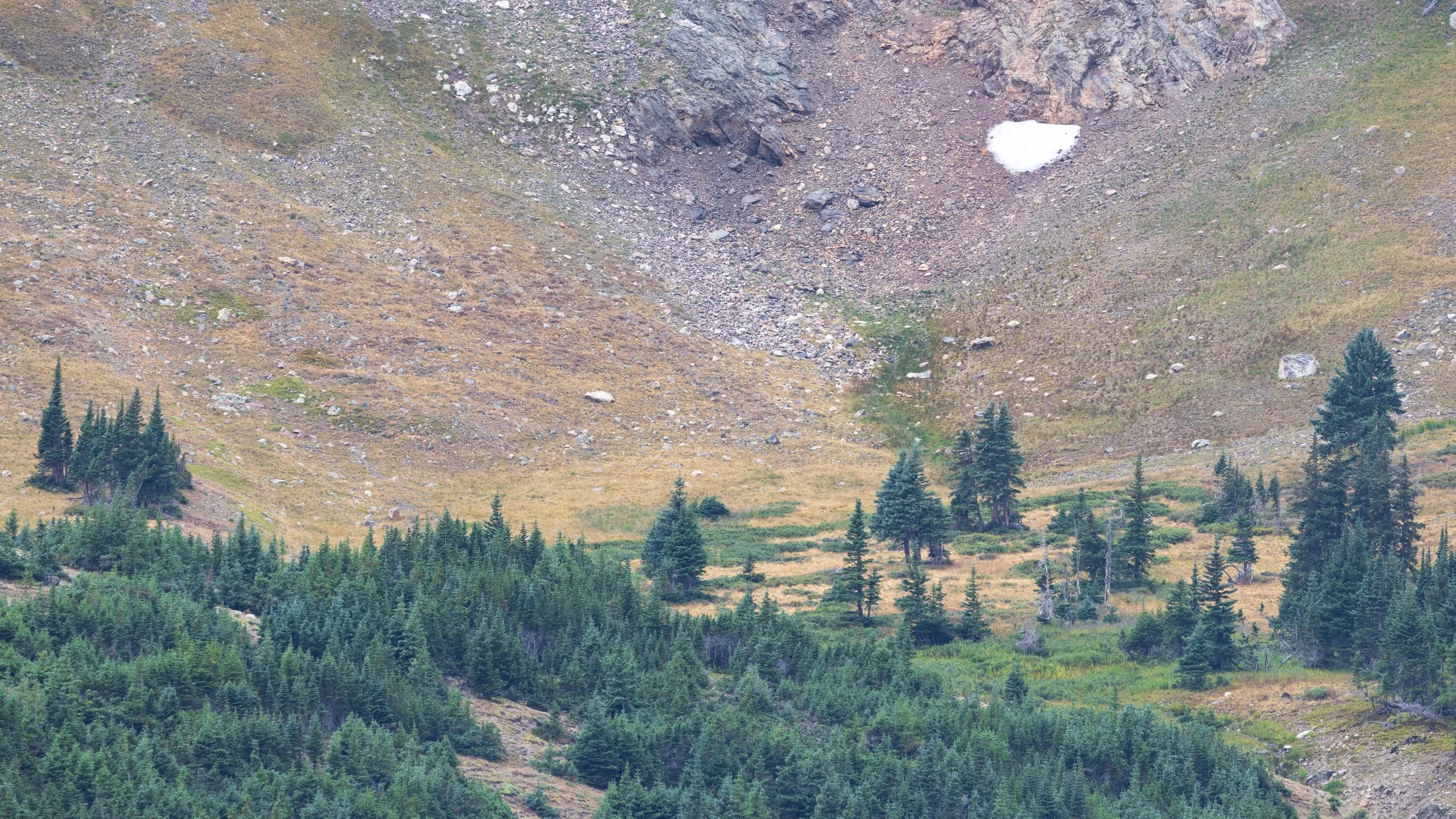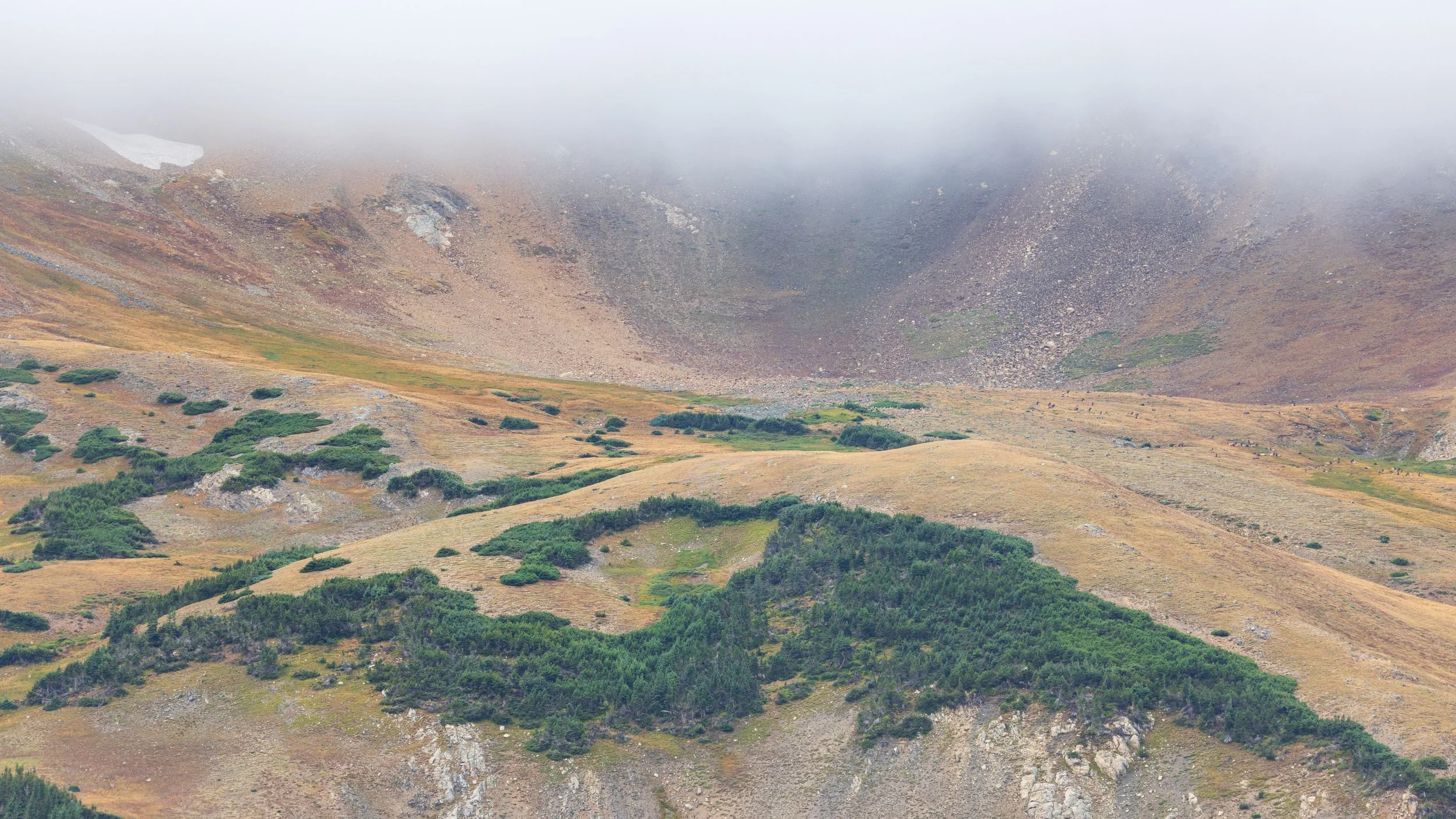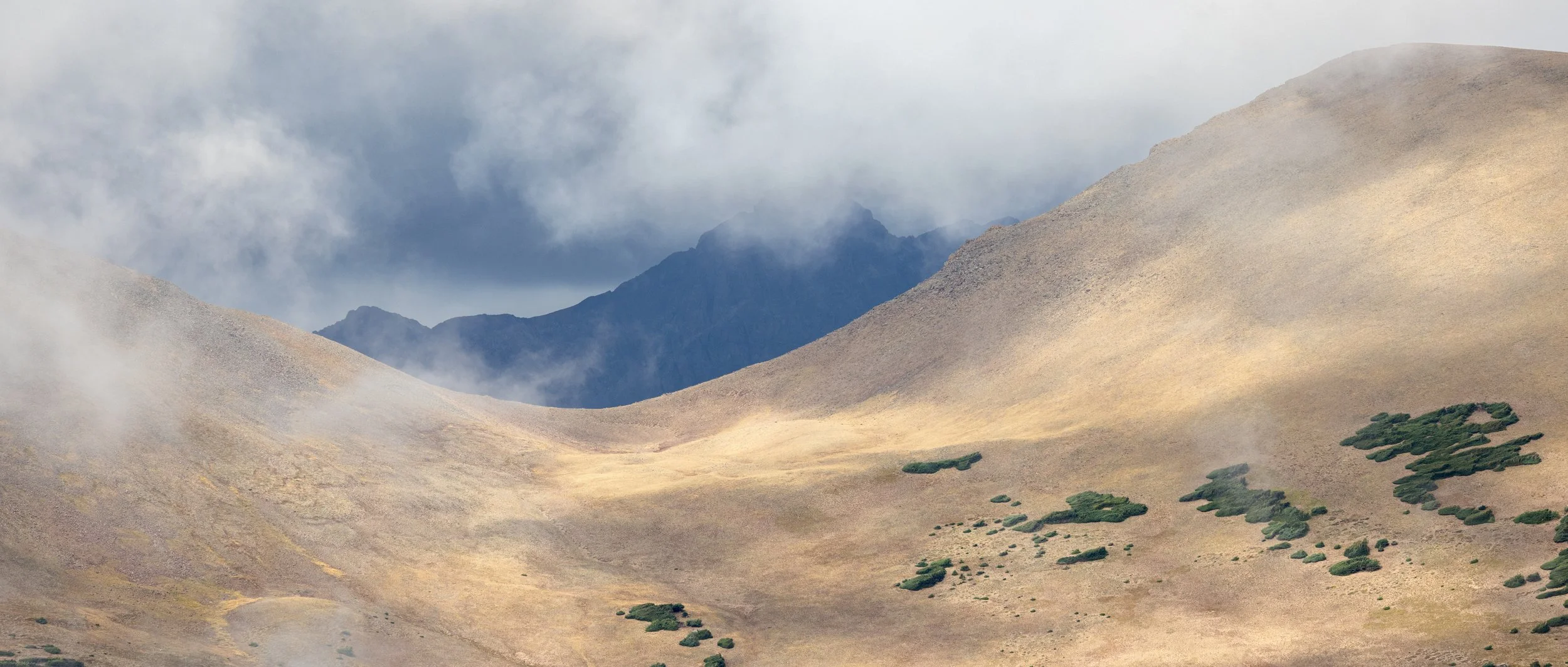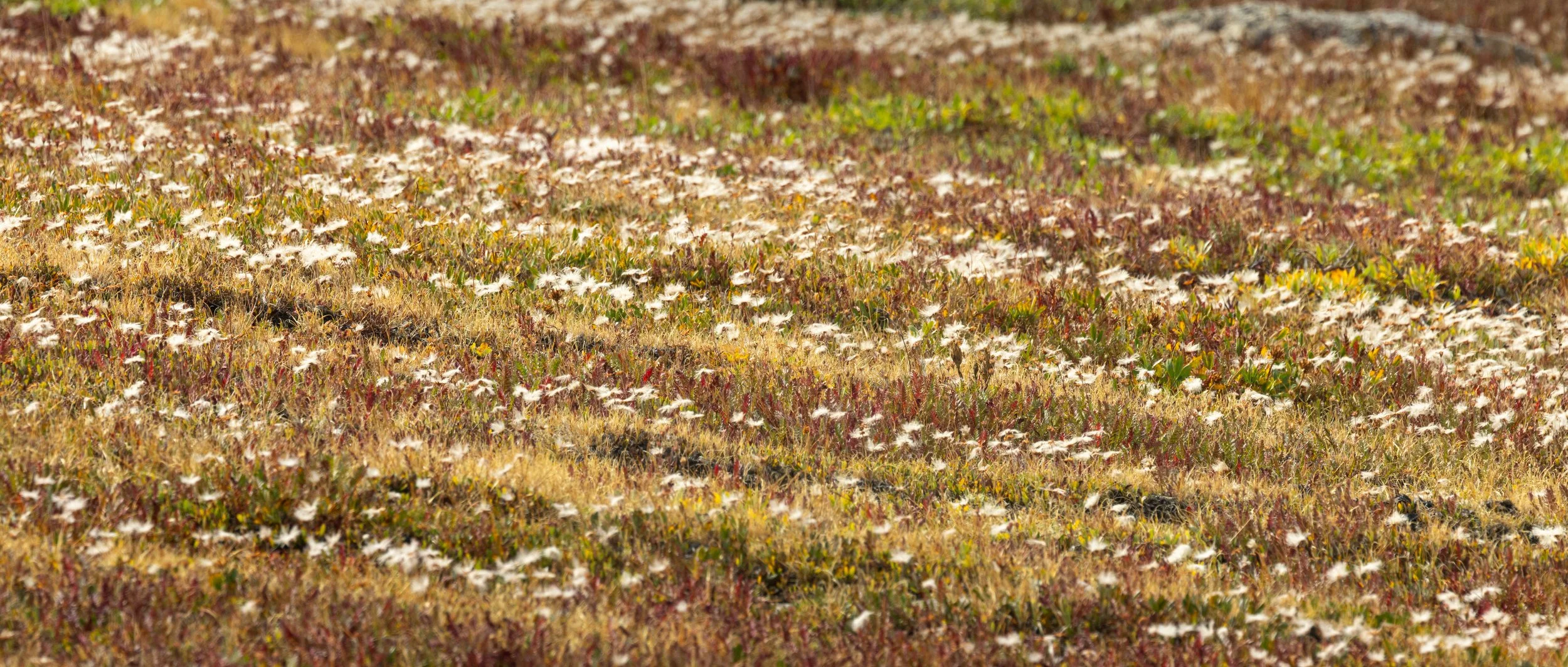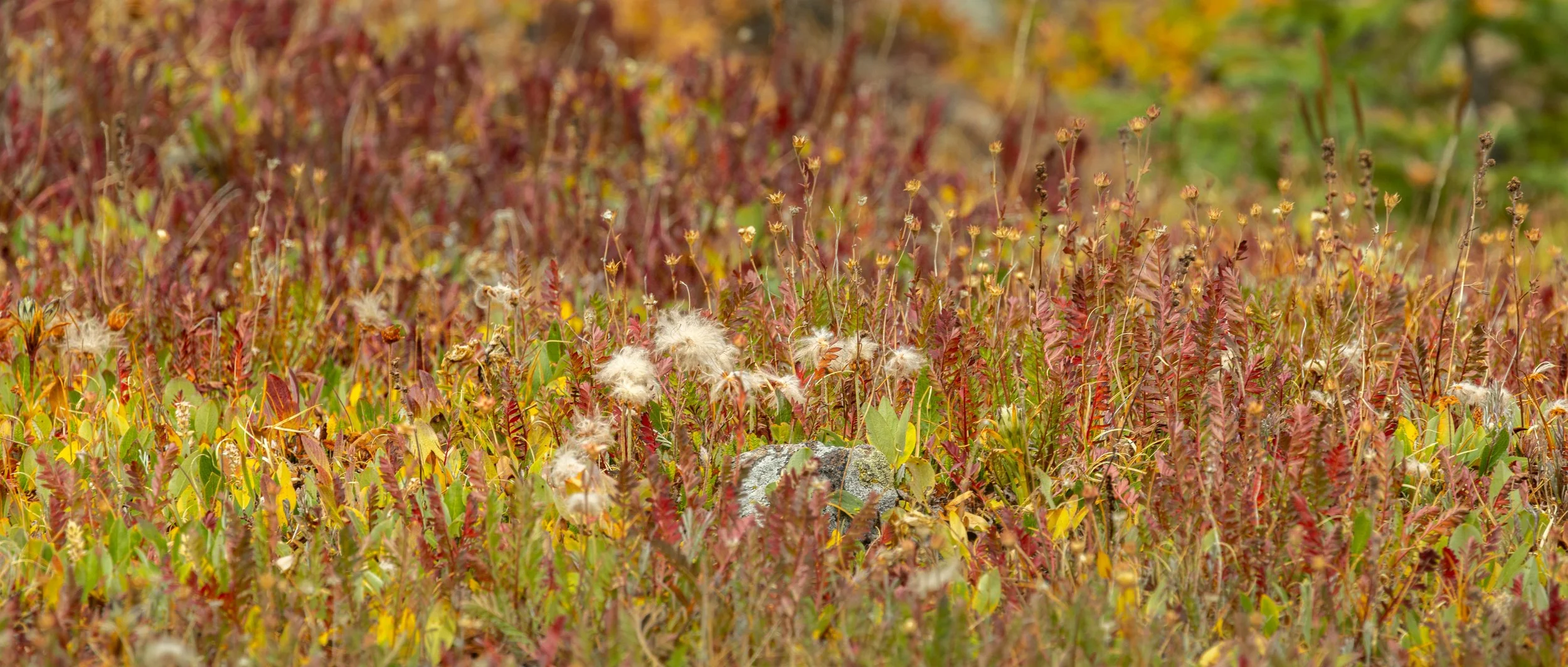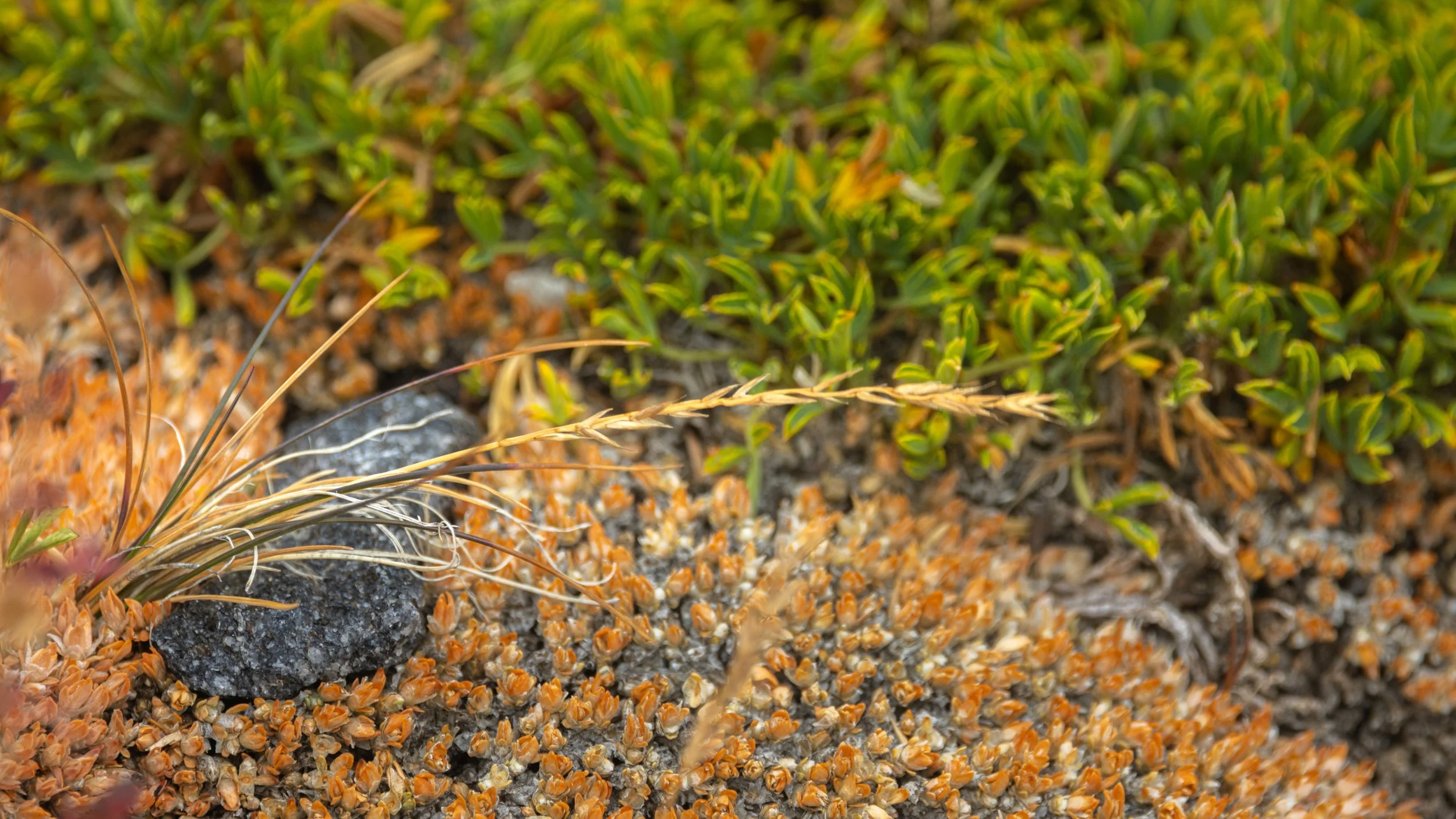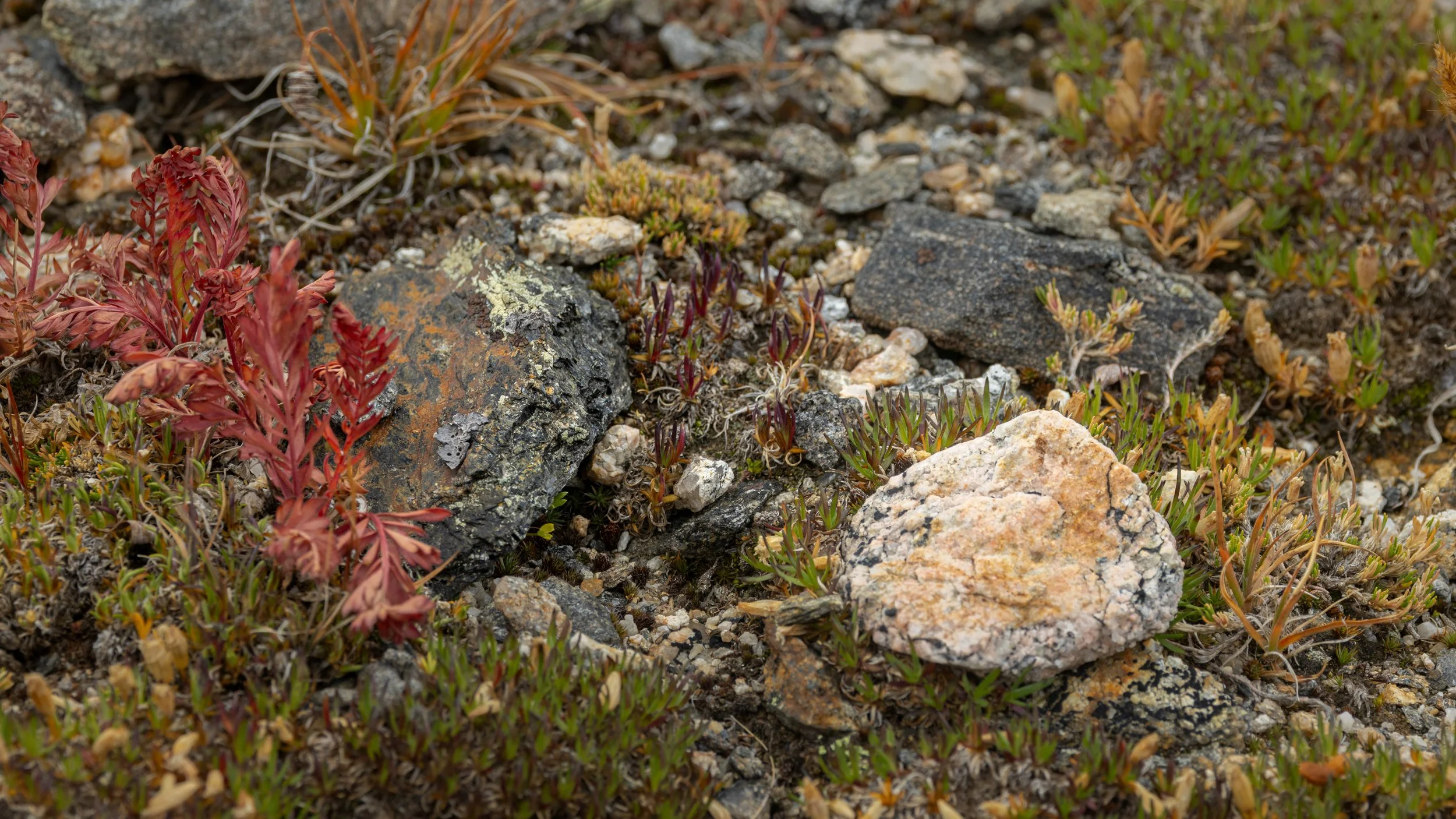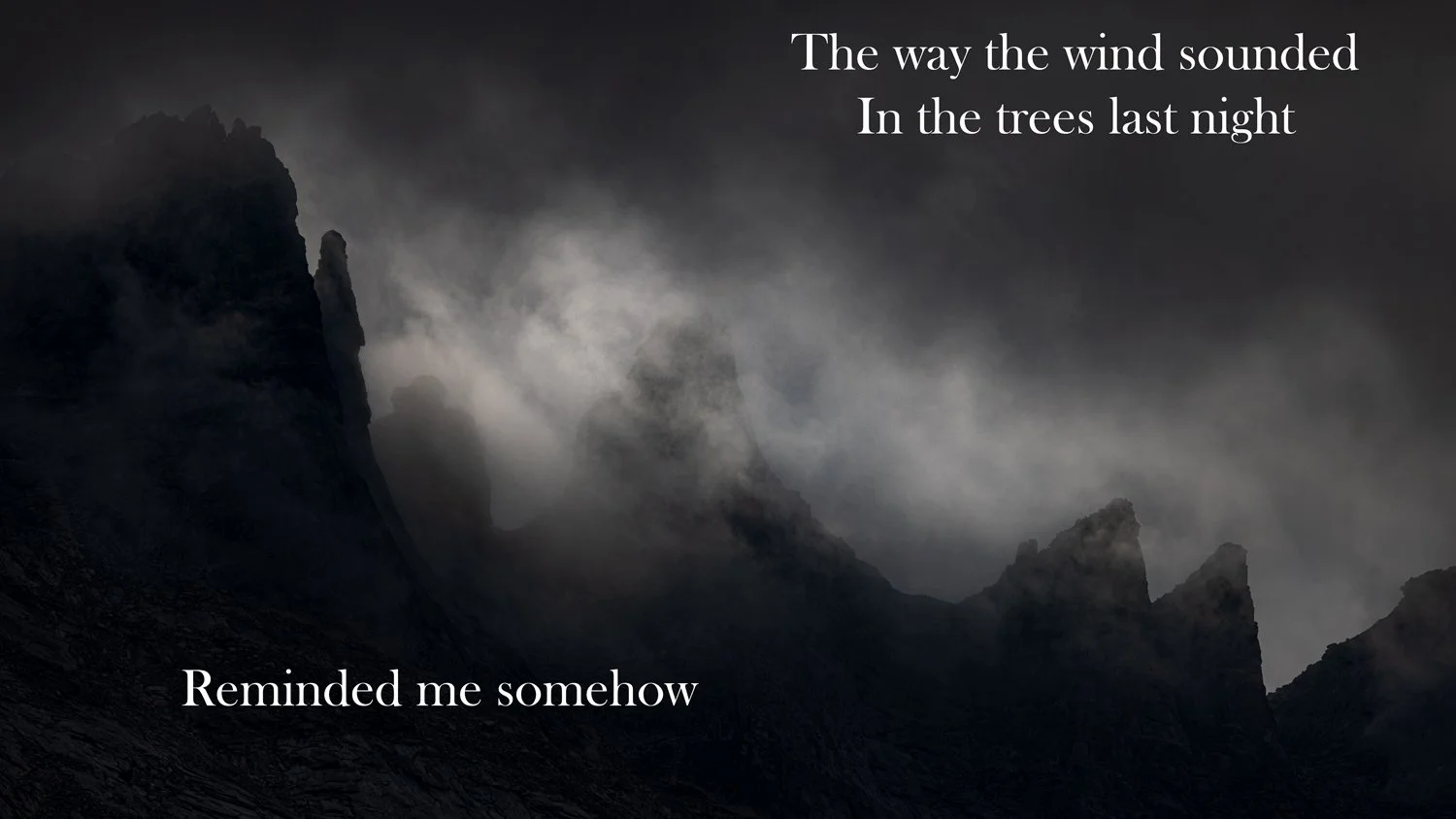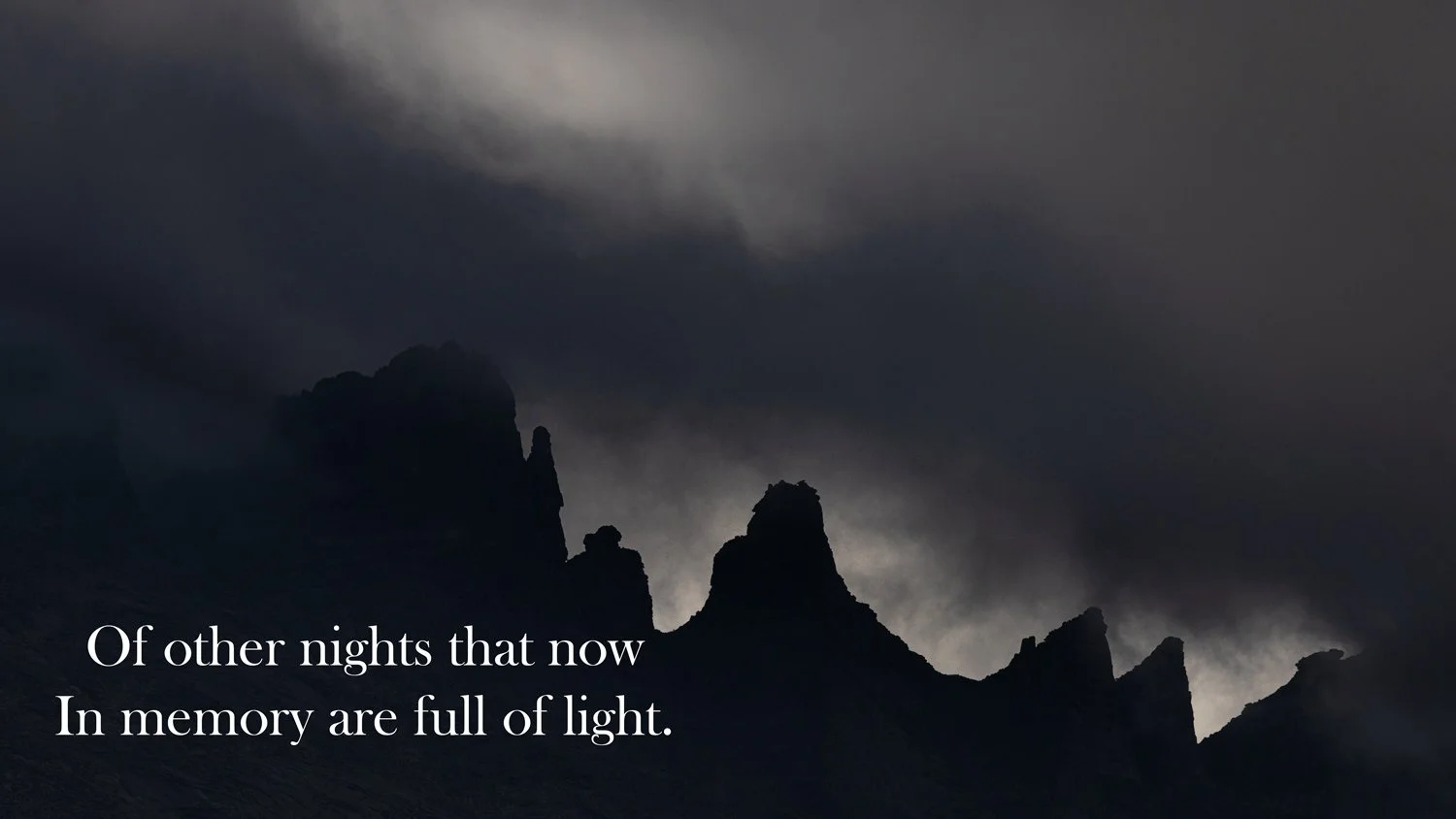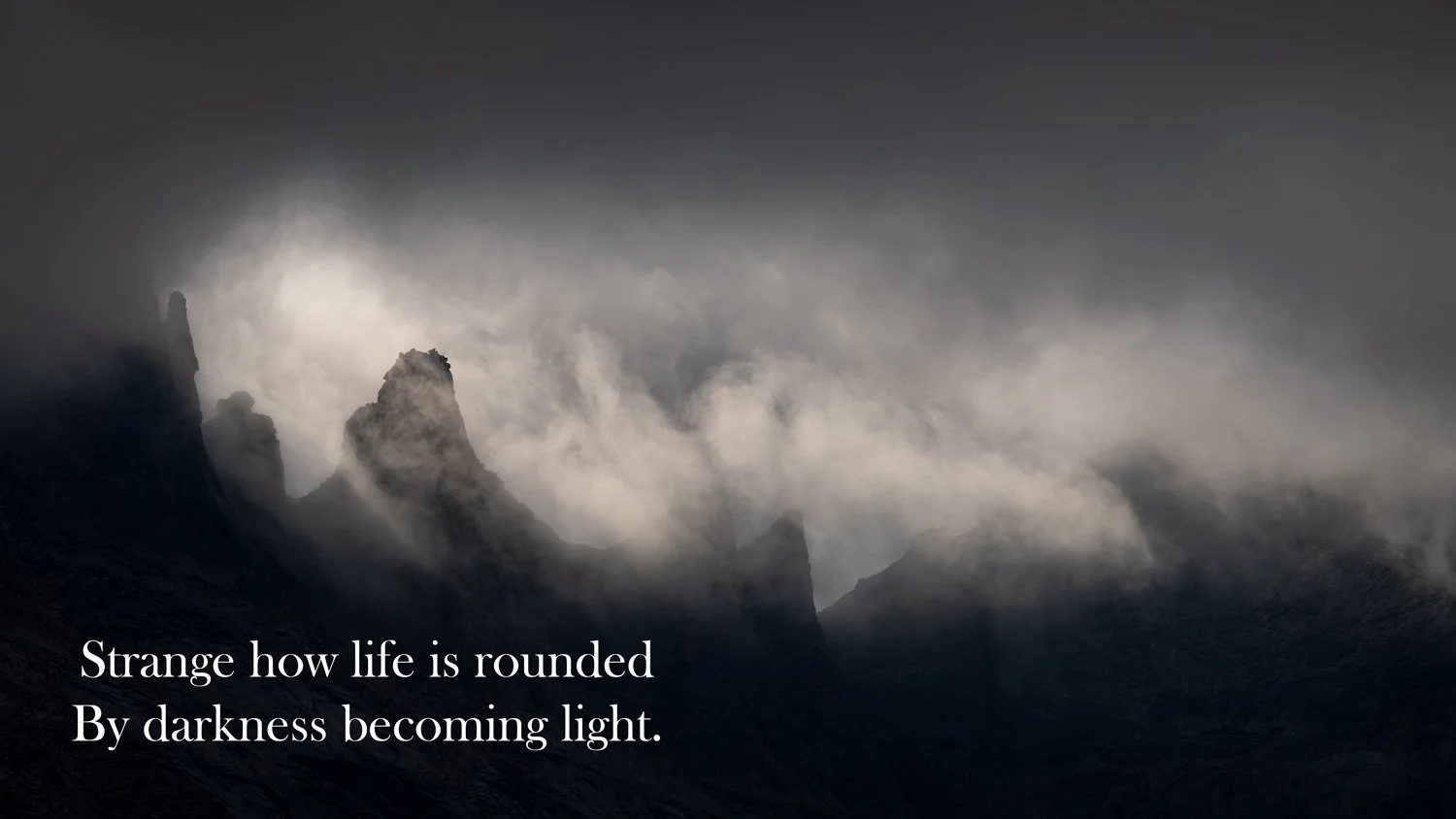A few years ago, we visited Black Canyon of the Gunnison National Park in Colorado. The narrow canyon is over 2,700 feet deep. Apparently, I never posted images from that visit. Two years ago, I hiked Curecanti National Recreation Area which is just downstream of the National Park. (The link gives some of the history of the area.) This fall we went back to Curecanti to enjoy the incredible autumn colors.
The easy hike begins by crossing the Gunnison River.
There were a few folks fishing for salmon that were just beginning to run up the river. We heard several loud splashes during the hike when fish leapt out of the water.
Upstream in the National Park, it is a challenging hike to get to the bottom of the deep canyon. Here, while the canyon is not as deep, you get a get taste of the Gunnison River’s work.
It’s hard to imagine a better time to hike along the river then when the fall colors are glowing and the light is reflecting in the water.
Cheers to the Gunnison River and Curecanti!
